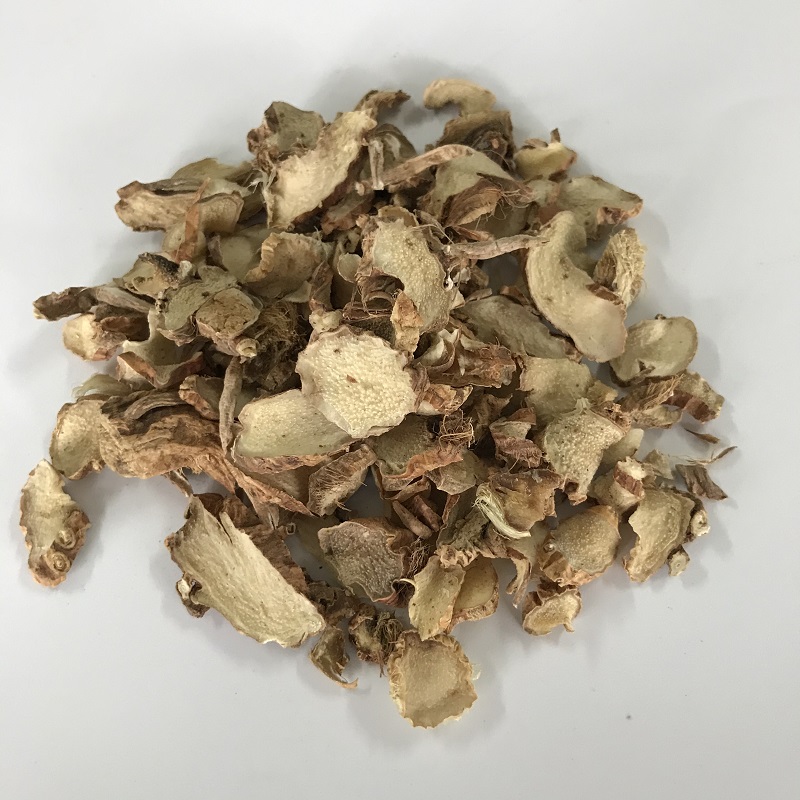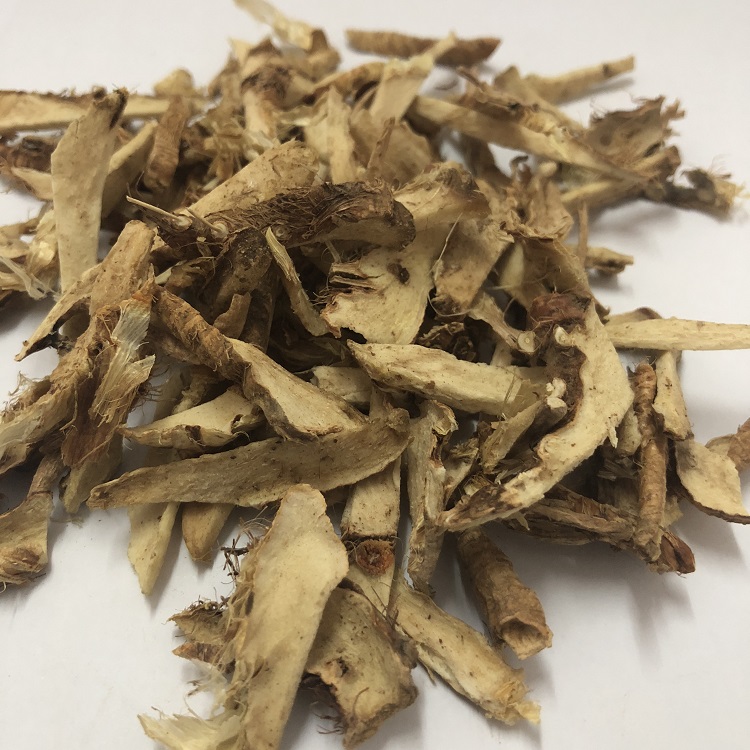
Basic Introduction
Common Anemarrhena(Latin name: Anemarrhena asphodeloides Bunge)
also known as hairy Anemarrhena, is a perennial herbaceous plant with rhizomes and leaves that are elongated and lanceolate from the base. The flower stem grows from the leaf cluster, is cylindrical and upright, with racemic flocs, clustered, and grows in a spike shape at the top; Pollen red, light purple to white; The fruit is elliptical in shape with many black seeds inside, and the flowering and fruiting period is from June to September. Zhimu is cultivated in various parts of China and has strong drought and cold resistance. It can grow in barren mountains, deserts, and wastelands with low rainfall. It is the preferred variety for greening mountainous areas and wastelands, and can be sown in all seasons throughout the year, mainly in spring or summer.
Effect
This dry rhizome is a famous traditional Chinese medicine with a bitter and cold nature. It has the effects of nourishing yin and reducing fire, moistening dryness and smoothing intestines, and promoting bowel movements. It belongs to the category of clearing heat and reducing gunpowder. Its main indications include warm diseases, high fever and irritability, cough and asthma, dry cough, constipation, bone steaming and hot flashes, deficiency and irritability, insomnia, and quenching thirst and dampness. There is a distinction between 'Mao Zhimu' and 'Zhimu Rou'. The main production area is in Hebei. Chinese medicine aliases: rabbit oil grass, big reed water, mother grass, garlic clove seed grass, sheep Hu Zi Gen, ground ginseng, etc.
Harvesting
Harvesting in spring and autumn, removing beard and sediment, drying in the sun, commonly known as "Mao Zhi Mu". Or remove the outer skin and dry it in the sun. Slice for medicinal use, raw, or salt water roasting. Place in a ventilated and dry place, moisture-proof, for slicing into medicine, raw use, or salt water roasting. Zhimu plants for 2-3 years before harvesting. It can be harvested in spring and autumn, with autumn being the best season. The new harvest time is from late October to early November, and from March to April of the following year. Remove the stems, seedlings, and roots, retain the yellow fuzz, light yellow leaf scars, and rhizomes, and dry them in the sun to make 'Mao Zhi Mu'. Peel off the outer skin while fresh and dry it in the sun to make 'cicada meat'.
Origin
Produced in Hebei, Shanxi, Shandong (Shandong Peninsula), Shaanxi (northern), Gansu (eastern), Inner Mongolia (southern), Liaoning (southwestern), Jilin (western), and Heilongjiang (southern). There is a specimen in Jingzhou, Hubei that is still under study. It is also distributed in Korea.
Specifications








